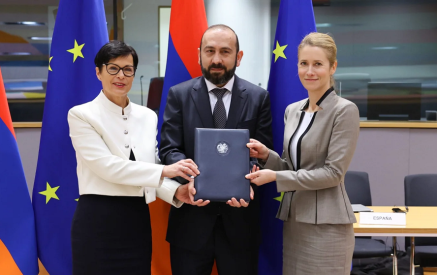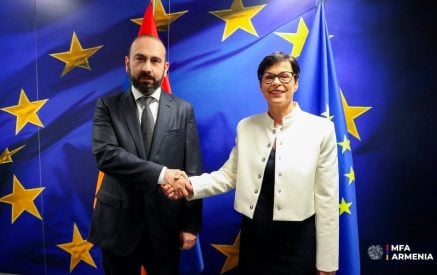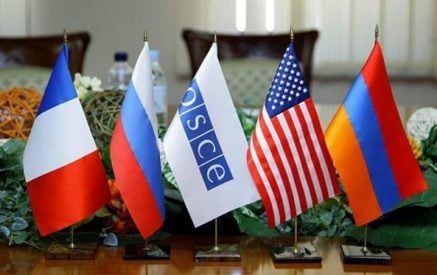Recently the Eurasian Economic Commission has published statistical data on the Eurasian Economic Union’s foreign and mutual trade dynamics for January to September of 2016. As Armenia is member of this economic block, the economic development conjuncture of the union is one of the decisive factors for Armenia’s economic progress. Hence, it would be interesting to study the main trends in the sector of trade turnover.
EAEU in Global Economy
According to data published by the Eurasian Economic Commission, EAEU’s foreign trade with third countries equaled 362 billion USD in January-September of 2016. In particular, exports formed 218.5 billion USD and imports formed 143.2 billion USD. This means that the current level of trade is lower by 17.2% or more than 75 billion USD compared to the indicator registered in the comparable period in 2015. Of specific concern is decline in exports since EAEU gross exports have declined by 23.5% or about 67.1 billion USD compared to January to September of 2015.
In parallel, the volume of imports from third countries to the EAEU has also reduced. In particular, gross imports in January to September of 2016 reduced by 5.3% or 8.1 billion USD compared to the comparable period in 2015. However, it should be noted that such decline in imports is not a result of replacing imported goods with national products. Rather, it is a result of deterioration of consumers’ living standards and respective decrease in consumption. As a consequence, the foreign trade balance of EAEU member countries has decreased by more than 40 percentage points, reaching 75.3 billion from 134 billion USD.
Read also
EAEU’s Economic Partners
Similar decline has been registered in mutual trade among EAEU member countries. In 2016, EAEU’s internal trade turnover totaled to 29.5 billion USD, which is 14% smaller than the indicator of the comparable period in 2015. Again, it is interesting that only Armenia was able to ensure growth in exports to all the member countries, by increasing its volume of exports by 55 percentage points. Besides, growth has been registered in exports from Belarus to Kyrgyzstan (4%) and from Kyrgyzstan to Russia (18%) while there is a tangible decline in all the other trade directions. In particular, exports from Belarus to EAEU member countries have reduced by 2.7%, exports from Kazakhstan have reduced by 31.6%, from Kyrgyzstan – by 46.6%, and from Russia – by 15.6%. A similar situation can be observed in relation to imports. Imports from EAEU countries to Belarus have declined by 13%, to Kyrgyzstan – by 29.1%, to Kazakhstan – by 24%, and to Russia – by 9.3%. And here, too, Armenia is the only country where the volume of imports has grown (2.95%).
Such statistical data cast doubt not only on the potential of EAEU as an integration unit and the economic perspectives, but also on the competitiveness of its member countries’ national economies.
Andranik Manukyan
“Union of Informed Citizens”




























































